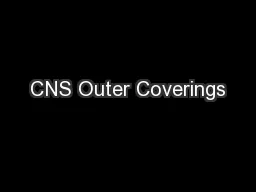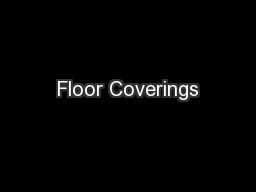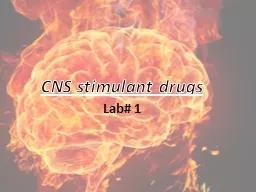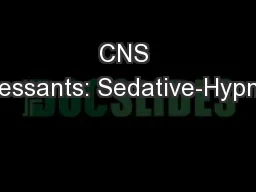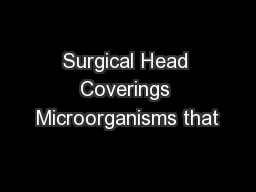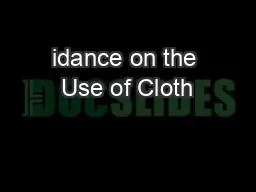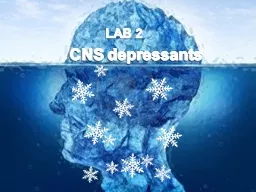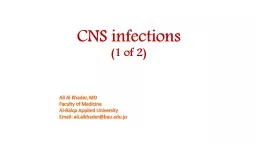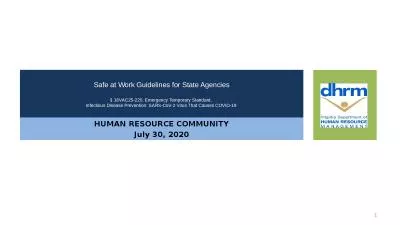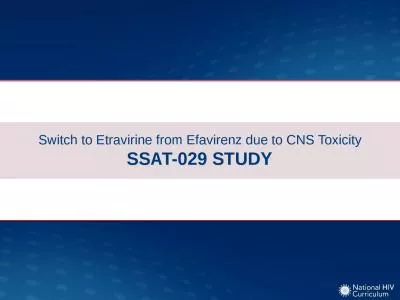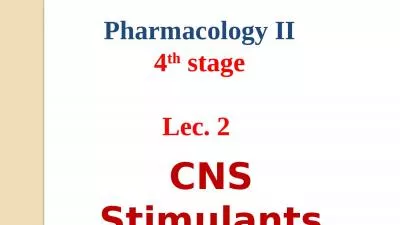PPT-CNS Outer Coverings
Author : alexa-scheidler | Published Date : 2017-07-25
Brain cranial bones Spinal Cord vertebrate Inner Coverings Meninges Dura mater Arachnoid membrane Pia mater Pia Mater Arachnoid Membrane Dura Mater Epidural Space
Presentation Embed Code
Download Presentation
Download Presentation The PPT/PDF document "CNS Outer Coverings" is the property of its rightful owner. Permission is granted to download and print the materials on this website for personal, non-commercial use only, and to display it on your personal computer provided you do not modify the materials and that you retain all copyright notices contained in the materials. By downloading content from our website, you accept the terms of this agreement.
CNS Outer Coverings: Transcript
Download Rules Of Document
"CNS Outer Coverings"The content belongs to its owner. You may download and print it for personal use, without modification, and keep all copyright notices. By downloading, you agree to these terms.
Related Documents

